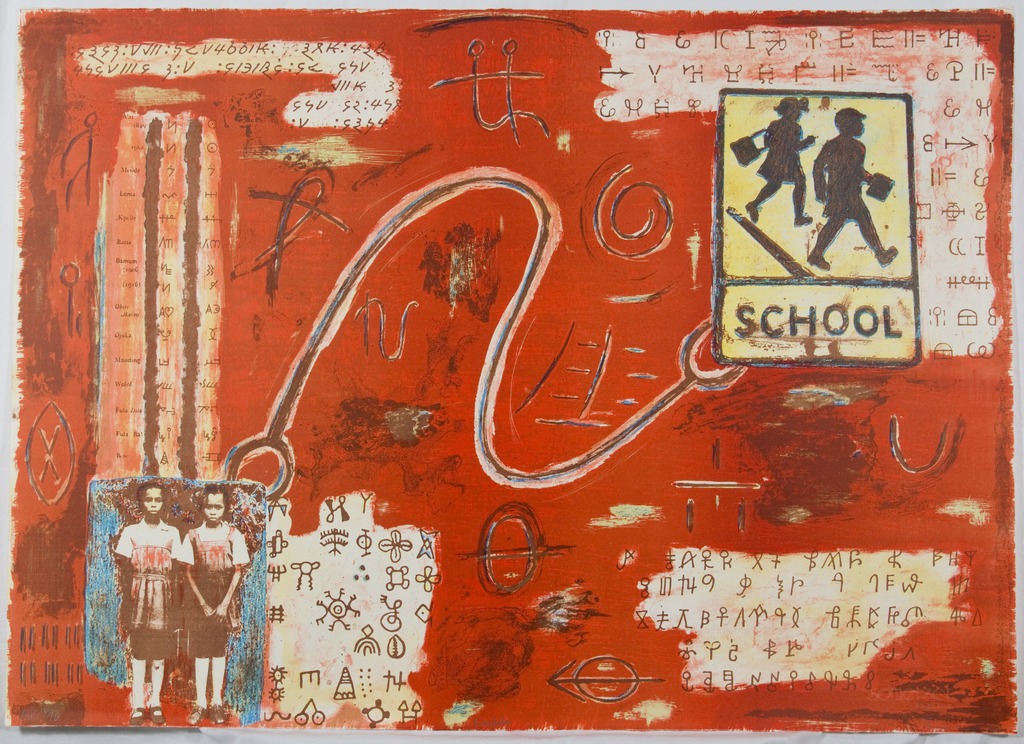With all the events going on around town this month, it’s easy to forget that we have several excellent art galleries right on campus. Luckily, I’m here to remind you about two shows currently on display at the Art Galleries at Black Studies (AGBS) and the Benson Latin American Collection which spotlight both diverse artists and the wealth of art resources here at UT Austin.
In Passing
Currently on view at the Christian-Green Gallery, In Passing is a solo show by Los Angeles-based artist Genevieve Gaignard. The collection of large-format self-portraits explores race, class and gender through the artist’s own identity as a biracial woman in America. In each of the photos, Gaignard takes on a different persona fashioned from stereotypes of racialized female identity. The images pulse with saturated colors, their intricate details cataloging the everyday objects from which these identities are constructed and through which they are construed. A trio of installations branch out from the central bay of the gallery with mirrors inviting the viewer to contemplate their own identities. The final mirror is a dark orb reflecting back only silhouettes.
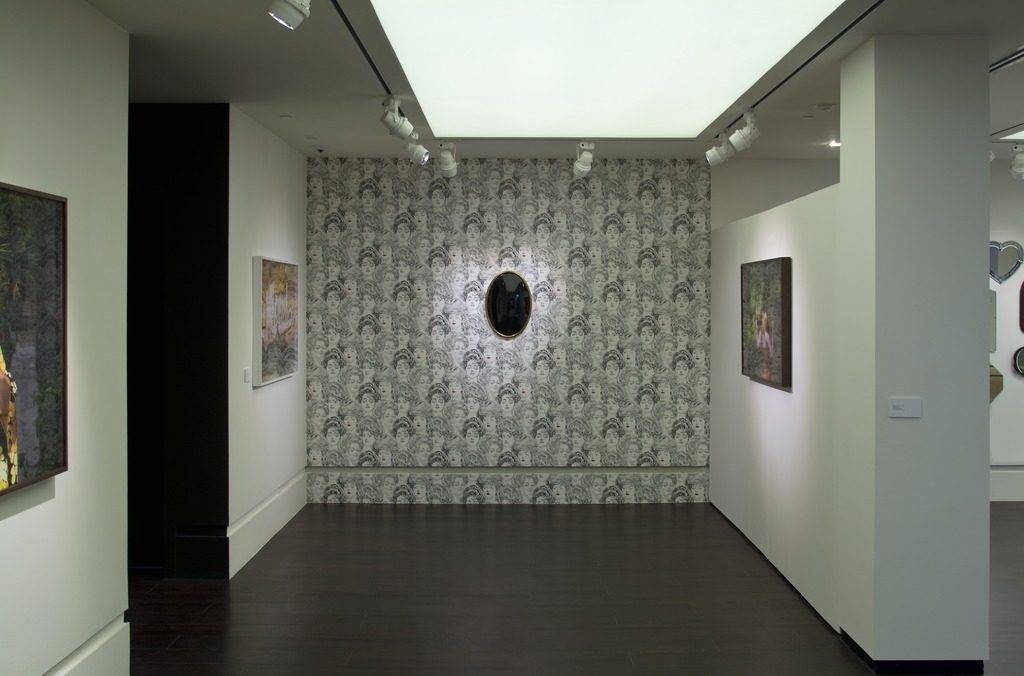
In Passing was originally exhibited at the Houston Center for Photography (HCP), explains HCP executive director and curator Ashlyn Davis, who put together both incarnations of the show. There, it caught the eye of AGBS director Lise Ragbir, who invited Davis and Gaignard to bring the work to UT.
The current show features a different set of installations and mostly new photographs. “That’s in large part a testament to Genevieve,” says Davis. “She’s incredibly prolific and constantly producing new work.”
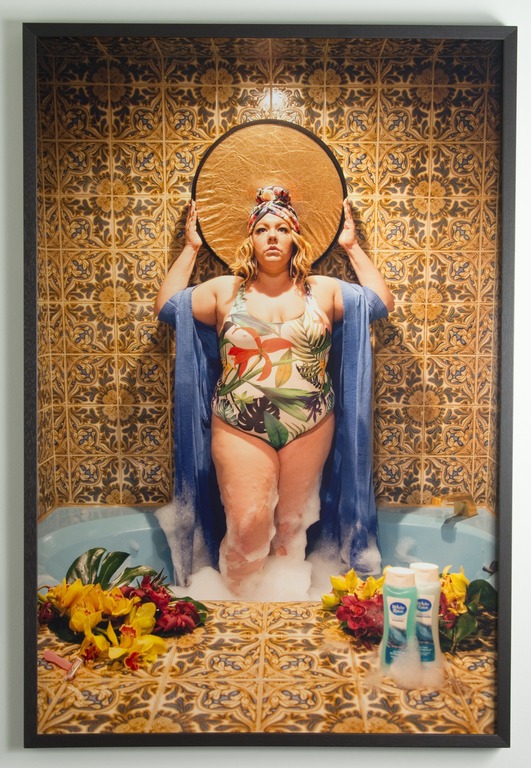
Gaignard’s photographs are packed with more symbols and references than a Renaissance painting. In the piece “Holier Than Thou,” the artist appears in a jacuzzi as a modernized Virgin Mary, halo courtesy of a repurposed photographer’s light reflector. Davis points out the bottles of White Rain shampoo and conditioner in the scene with their insinuation that purity and whiteness are one and the same.
“By linking contemporary visual culture to the history of visualizing one of the most idealized women in Western culture, Genevieve shows viewers the iterative nature of history, while she also perhaps points to something more personal in her own history,” Davis elaborates.
Presenting Gaignard’s work in a university setting appeals to Davis because it is in such spaces that the histories the artist references are taught.
“I hope there’s some entry point for everyone, whether it’s through their academic engagement or something as simple as recognizing one of the vernacular objects in her installations,” Davis says, “I want viewers to consider how we got to this point. What do our history books leave out? How does that impact the culture we live in? How is that reflected in our ‘stuff’ – from the music we listen to, the products we buy, to the stories we tell about ourselves and others.”
That Which Surrounds Us
While In Passing confronts issues of race and identity directly, That Which Surrounds Us celebrates artistic diversity through the universal themes of time and space.
Created from UT’s Black Diaspora Archive satellite collection of Brandywine prints by curator and archivist Rachel E. Winston, the exhibit is a sweeping three-decade introduction to prints produced at Brandywine (99 of which are now housed at UT’s Benson Latin American Collection).
The Brandywine Workshop and Archives was established in Philadelphia in 1972 to facilitate the making and preservation of culturally diverse art. Since then it has provided printmaking internships and other resources to artists from around the world.
“Brandywine does amazing work and they have really stayed current,” says Winston. “They’re really committed to fostering the talent of culturally diverse artists, and the satellite archive that has been curated for UT is really representative of that. There are perspectives and ethnicities and personal backgrounds that are so different represented in this collection.”
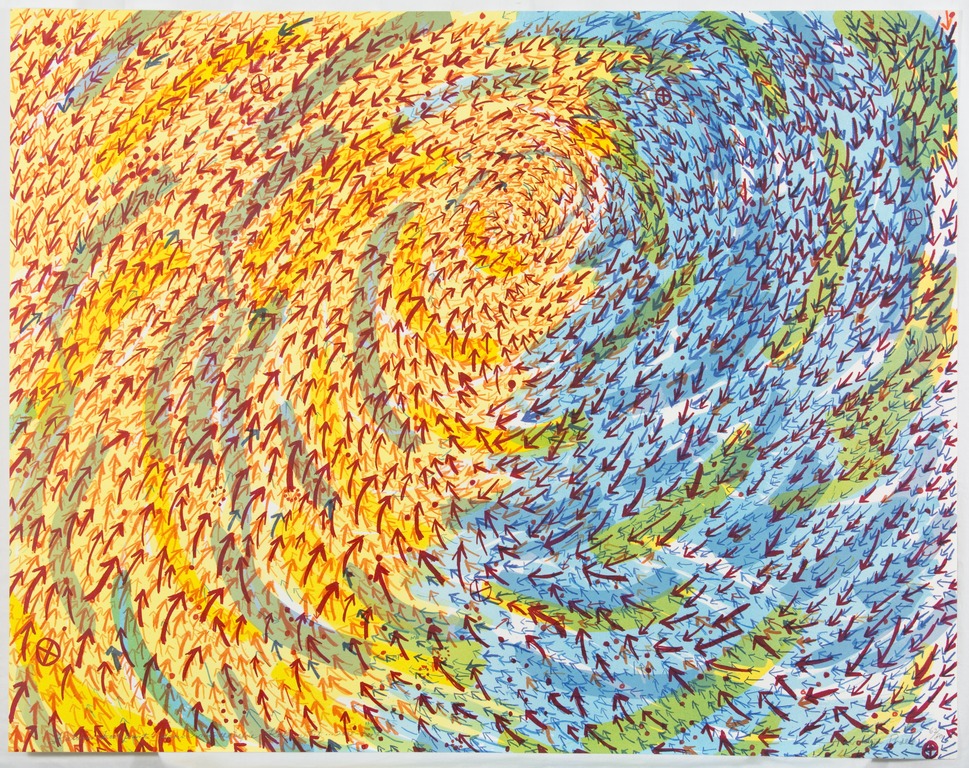
Winston tackled the challenge of combining so many varied viewpoints into a cohesive exhibit by using the complementary themes of space and time as an organizing principle. The show is housed in two locations. Surrounded by Space – on view at the Benson Latin American Collection – focuses on how environments impact our lives and how we, in turn, impact our environments. Surrounded by Time – on view in the Idea Lab – examines lineage and how we connect to the past.
“We’re all a part of this continuum,” she explains. “But where do we see ourselves?”
But more than anything, Winston emphasizes, That Which Surrounds Us is a celebration of the dazzling prints made by Brandywine artists over the years, encompassing a vast spectrum of palettes and techniques.
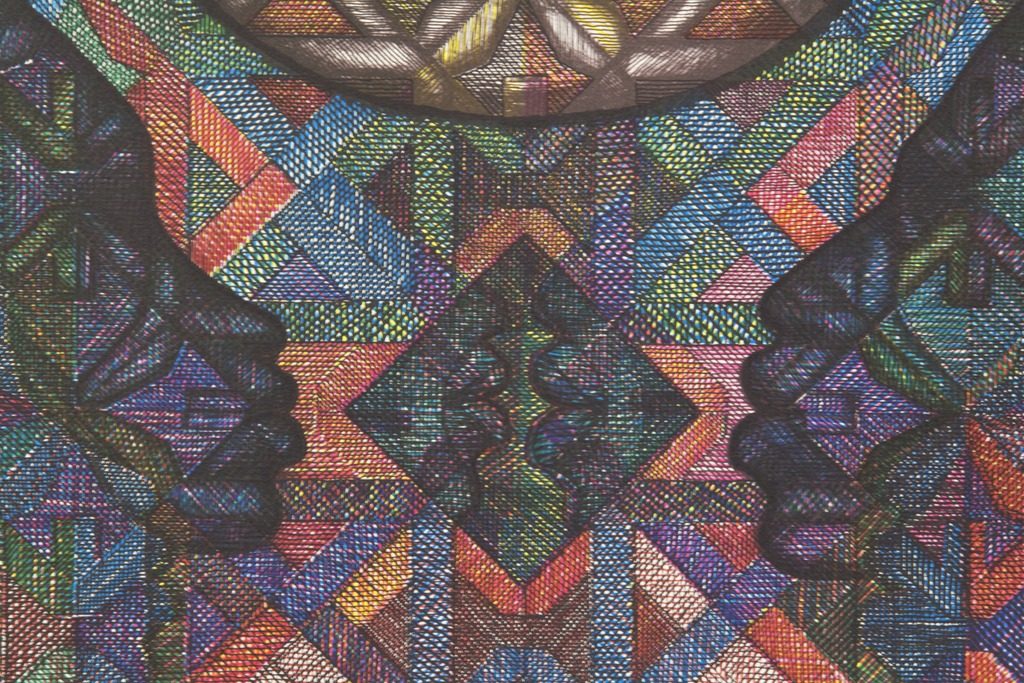
She hopes viewers will take time to visit both halves of the show and appreciate the collaboration between the various units involved in making it all possible.
“I want to bring to people’s attention the high quality of art and resources that we have in this collection at the Benson and also at Black Studies,” she says. “Being in multiple spaces with diverse art and with shows that have such institutional support, I think that makes a statement.”
That Which Surrounds Us is on view through May 17 (Idea Lab hours Tues-Fri, 10am-5pm; Benson hours Mon-Thurs 9am-8pm, Fri 9am-6pm, Sun 2-8pm) and In Passing runs through May 4 (hours Wed-Sat noon-5pm). If you visit all three show sites in one day it also makes for a nice loop through the campus. Go now while the weather is still good or you’ll have to rent one of those horrid scooters.
Featured image: “Knowledge” by Terry Boddie, 2001. From Surrounded by Time. Photo by Mark Doroba, The Visual Resources Collection, The University of Texas Libraries, The University of Texas at Austin.
